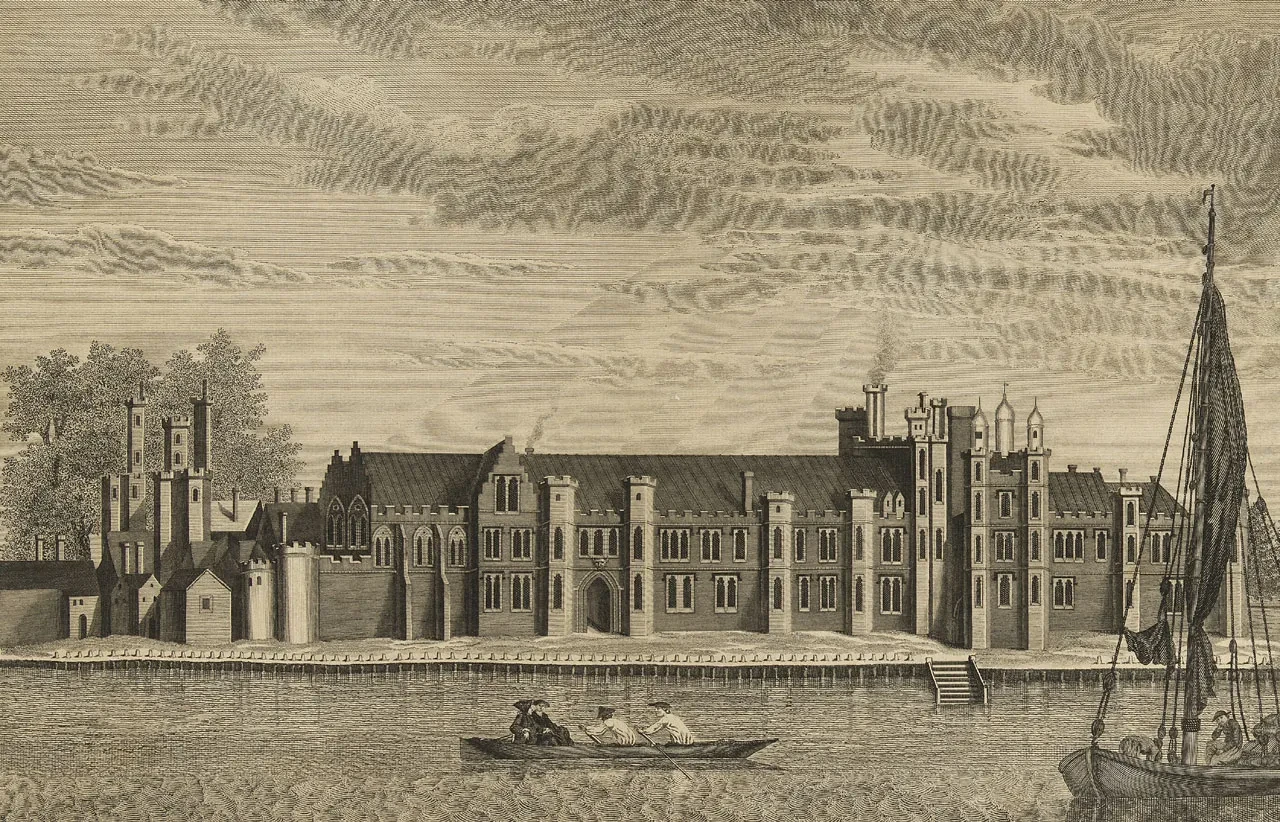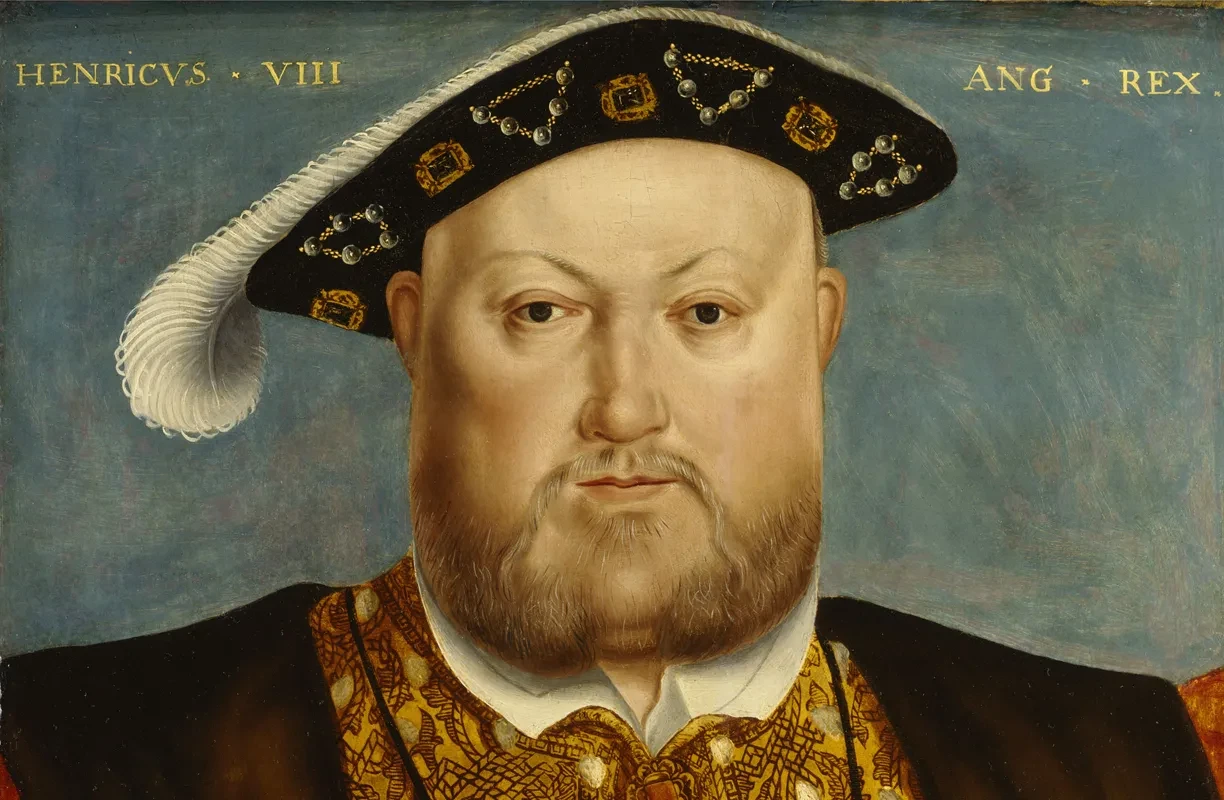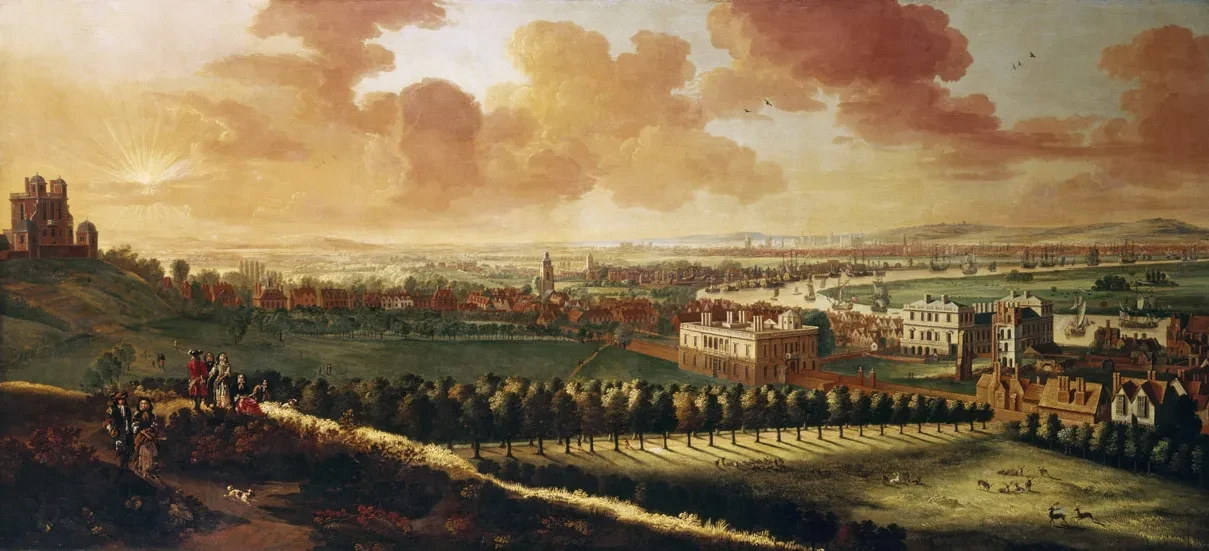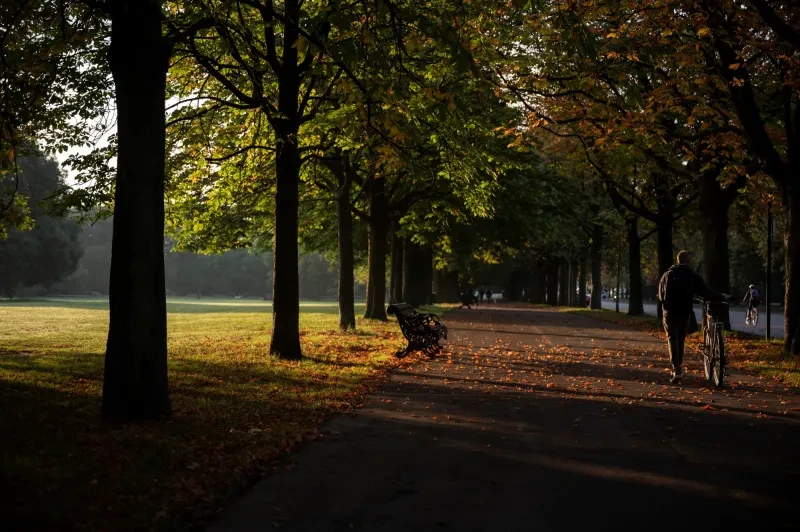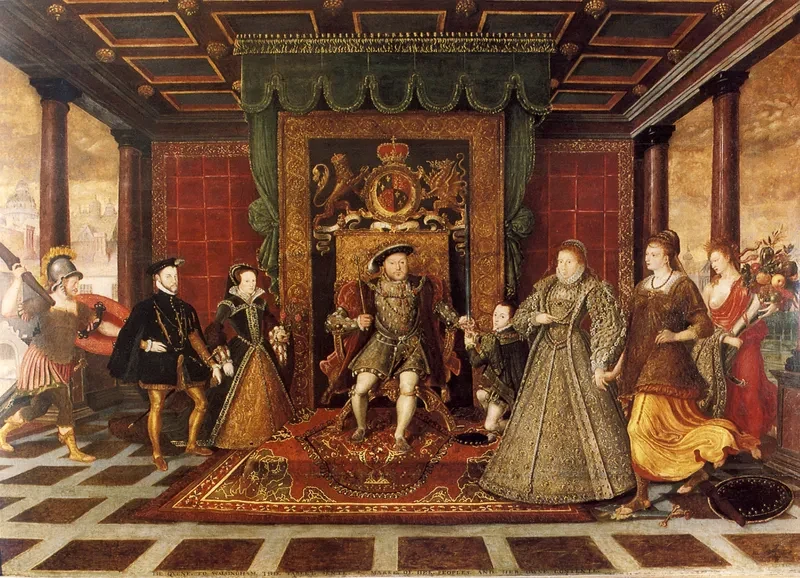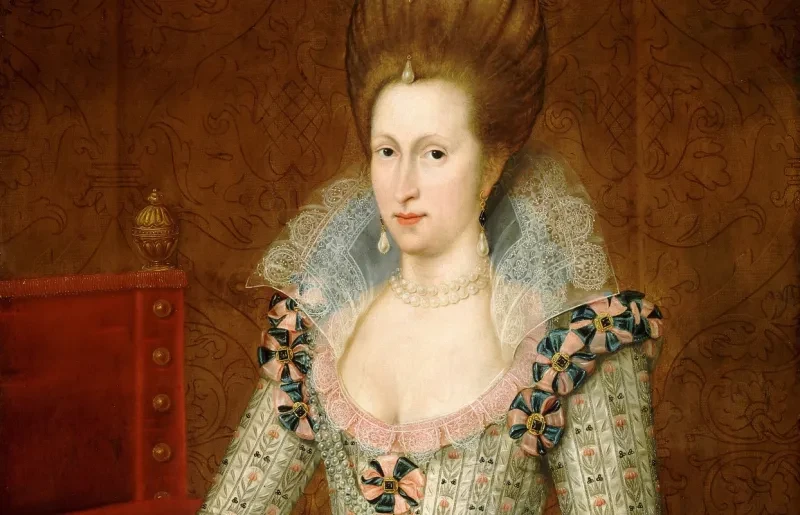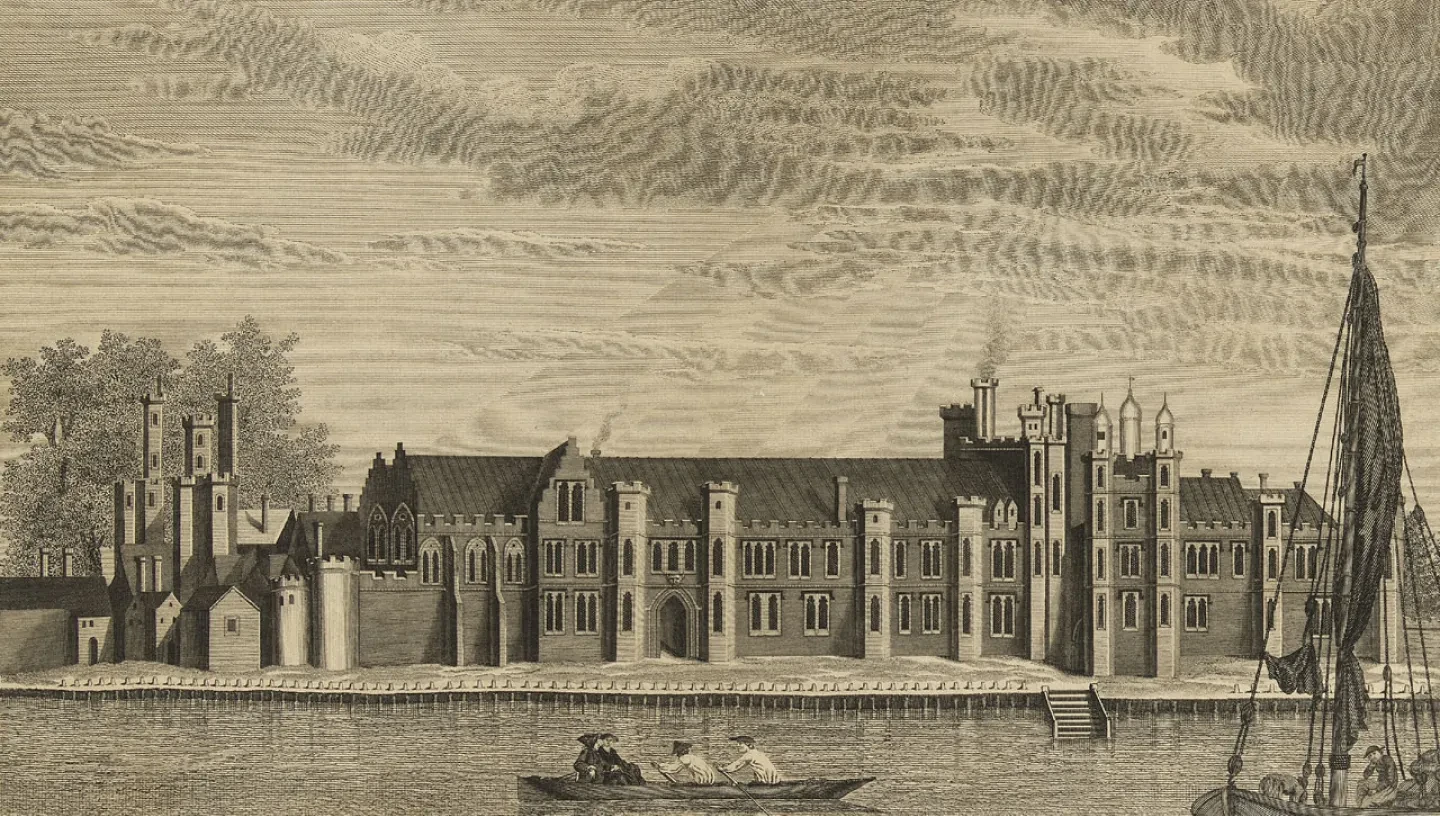
Conveniently situated beside the River Thames, Greenwich had been a popular royal residence for centuries. However, during Tudor times the area became a vital hub for the royal family.
Travelling by water in Tudor times was easier and quicker than using muddy and dangerous roads. Greenwich Palace for the royal family became a haven from the smells, noise and disease of London.
Were the Tudors the first kings and queens to live in Greenwich?
A royal manor house had existed in Greenwich for centuries, even before King Henry V gifted the land to his brother Humphrey, Duke of Gloucester.
This gift helped lay the foundations for the future Tudor palace. Humphrey built a tower for defence on the land in 1427, as well as a large riverside house called 'Bella Court'. He also enclosed the area surrounding the court, turning it into the first royal park in London.
Greenwich Park is still home to a small herd of Fallow and Red deer, harking back to its royal hunting past. Some of the deer in the park are thought to be descended from Henry VIII's deer.
Why was Greenwich Palace called the Palace of Placentia?
After Humphrey Duke of Gloucester died, Margaret of Anjou, the wife of Henry VI, enlarged and improved Bella Court. She included a pier so that boats could come and go even at low tide, and named her new palace 'Placentia', or 'pleasant place'.
What happened to the Palace of Placentia under the Tudors?
Henry VII, the first Tudor king, made the palace at Greenwich even larger. He covered the whole palace with a new facing of red brick. It became a favourite palace of the Tudors, partly because it was close to the royal shipyards on the River Thames. Henry VII's son, the future Henry VIII, was born at the palace on 28 June 1491.
What was Greenwich Palace like under King Henry VIII?
As well as being born at the palace of Placentia, Henry VIII spent a lot of time there. It was one of his favourite palaces. He married two of his wives there and it was where his daughters Elizabeth and Mary were born. Henry VIII was particularly fond of ships and the navy, and Greenwich was well sited for visiting the new shipyards at nearby Deptford and Woolwich.
Henry made the palace at Greenwich much larger. He built stables, forges, a new banqueting hall, and armouries to make suits of mail for soldiers. He also had a great tilt yard (a courtyard for jousting) made in the grounds so that he and his men could practise jousting and hold tournaments.
A fortune was spent on these tournaments so that people would be impressed as men fought each other on foot and on horseback.
During one tournament at Greenwich in January 1536, King Henry was thrown from his horse. He lay unconscious for two hours and never jousted again.
How did traffic pass through Greenwich?
In Tudor times the Deptford to Woolwich road ran right through the royal grounds. Travellers preferred this road because it avoided Blackheath, where many robbers lurked. The muddy road was closed in on both sides by a high wall. There was a gate-house which was used to guard the point where the Tudor kings and queens crossed the road to enter the park. Guards stopped the traffic for them while they crossed. In Tudor times the park was not open for everyone to use. It was used by the royal family and their visitors for riding and hunting deer.
Did Elizabeth I live in Greenwich Palace?
Elizabeth I, who was born at Greenwich, was baptised in the church of the Observant Friars, which was next to the palace. When she became queen, she liked to spend time at Greenwich, especially in the summer. There is a famous story about Sir Walter Ralegh putting his cloak down in the mud for Queen Elizabeth to walk over. Some people have suggested that this happened at the place where the royal family crossed the road to go into the park.
What happened to the Palace of Placentia?
During the Civil War the Palace of Placentia fell into disrepair. Although Charles II planned for it to be rebuilt, it was never used as a royal residence and was eventually demolished. A new palace was partly built, only to be converted into the new Naval Hospital.
However, the fall of the Tudor palace coincided with the rise of the Queen's House, built in stark contrast to the old red-brick Tudor palace.
Archaeological work in 2017 revealed some remains of Greenwich Palace beneath the Old Royal Naval College. Two service rooms connected to the palace's Friary buildings were discovered; the foundations can still be seen beneath the floor of the Painted Hall.
One of the rooms includes odd niches in the walls, thought by archaeologists to have once been used as 'bee boles' - places to keep bee hives during the winter.
